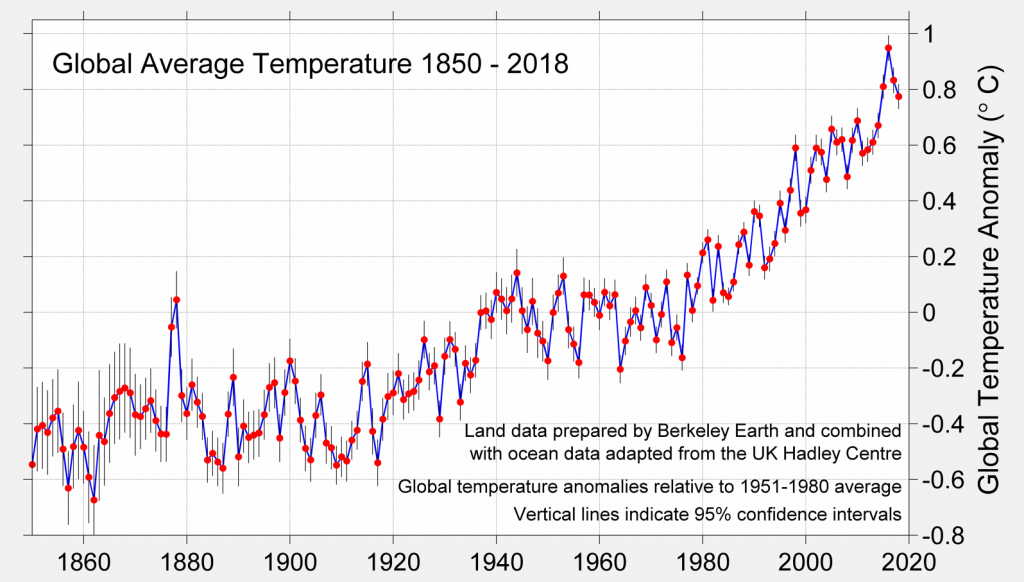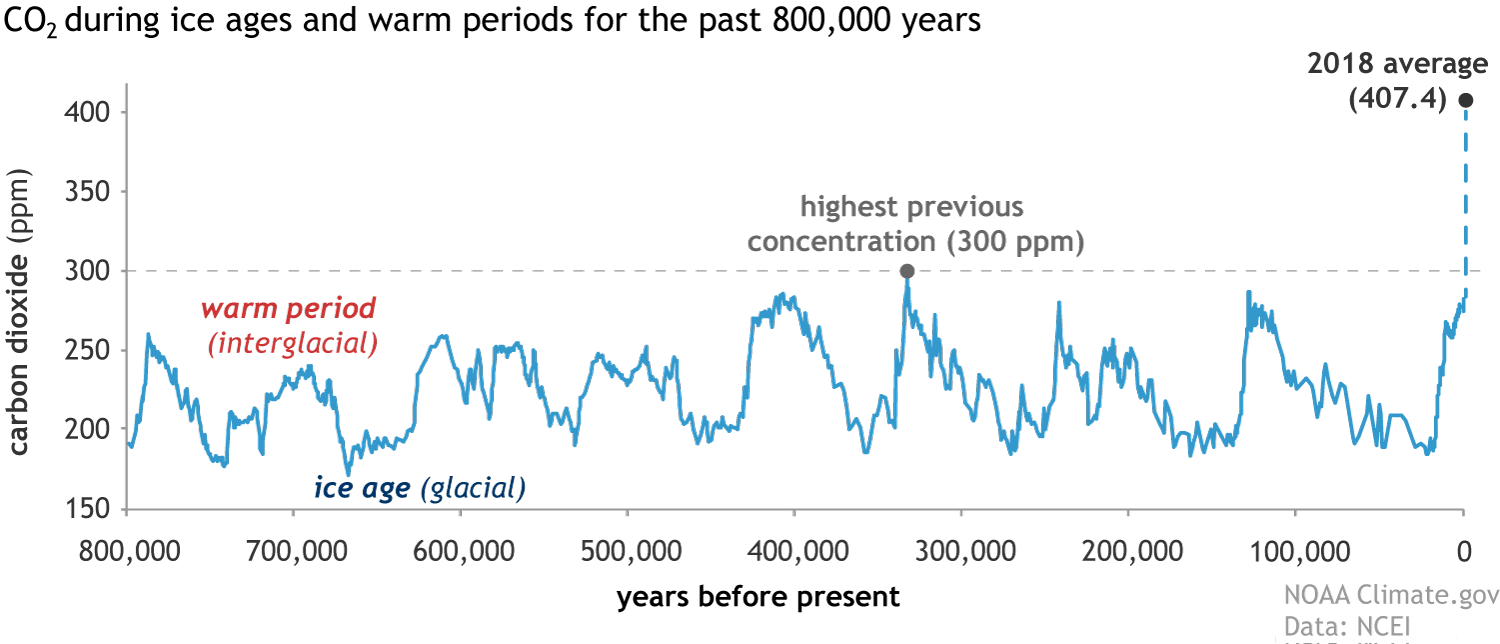engine specs
10.842 cid engine animation – counter clockwise rotationn
TABLE III
HOMOGENOUS CHARGE COMPRESSION IGNITION (HCCI) IN THE PROPOSED
FREE PISTON LINEAR ALTERNATOR AND A BOURKE (FREE PISTON) ENGINE
At the 1999 United States Department of Energy Hydrogen Program Review Conference, Peter Van Blarigan presented HCCI research data from Sandia National Laboratories, Livermore, California. The reader is encouraged to review this data in its entirety (35 pages), but specific data as it relates to the Bourke Engine is referenced in summary form in this table. Sandia National Laboratories was investigating the use of a free piston linear alternator (one moving part – Figure 1, page 5 of the presentation document) utilizing HCCI operation. The presentation document outlined the advantages of this free piston linear alternator as:
- Compression ratio is variable – by controlling the compression ratio, modification to the operating parameters (e.g. fuel type, equivalence ratio, temperature etc.) is possible without mechanically setting those parameters. Controlling the compression ratio allows for auto ignition (AI) of any fuel or fuel mixture at the appropriate time ensuring that the combustion process (detonation/HCCI) produces maximum power while minimizing emissions.
- Mechanical friction is reduced.
- Capable of operating on a variety of fuels.
- Allows for nearly constant volume ignition (detonation/HCCI) at a high compression ratio (30:1).
The linear alternator is a free piston engine design with one (1) moving part. The Bourke Engine is a free piston engine design with two (2) moving parts (piston/rod/yoke plate assembly and the crankshaft). The proposed linear alternator would extract work in the form of electricity while the Bourke Engine extracts work by converting reciprocating motion (piston/rod/yoke plate assembly) to rotary motion (crankshaft) and using that rotary motion to do work. The advantages of the free piston linear alternator outlined in the presentation document are applicable to the free piston Bourke Engine plus the Bourke Engine overcomes some of the shortcomings of the free piston linear alternator:
- Compression ratio is variable – the linear alternator controls compression ratio electronically by extracting a precise amount of work (electricity) from the moving piston mass. The remaining kinetic energy of the piston mass compresses the air/fuel mixture to the point of auto ignition (AI). The Bourke free piston engine starts with a mechanically fixed compression ratio but the actual compression ratio can be increased by restricting the exhaust. In the Bourke Engine, the piston/rod/yoke plate assembly is moved on the power stroke by a timed shock (detonation/HCCI) that imparts kinetic energy to it (as does the powder to a projectile from a gun) thereby instantly storing most of the forces into a moving mass which in turn transfers most of its kinetic energy to the crankshaft (reciprocating motion to rotary motion). With some of the fuels used in the presentation, the free piston HCCI process did not completely oxidize the fuel. Because of the mechanical configuration of the Bourke Engine, the piston is stopped at or near top dead center (TDC) for 45 degrees of crankshaft travel (top stop). This extra time spent at TDC completely oxidizes all of the fuel and reduces emissions (constant volume combustion/detonation/HCCI).
- Mechanical friction is reduced – Both the linear alternator and the Bourke Engine reduce friction over current internal combustion engines. There is no piston side loading with either design and the reduction of moving parts also plays a significant role.
- Capable of operating on a variety of fuels – Both engines have the capability of operating on a variety of fuels. The Bourke Engine prefers the heavier fuels because of their higher heat content and their two (2) stage combustion process. The extra time spent at TDC (top stop) allows time for the complete oxidation of the heavier fuels. The use of fuel from algae is preferred because this fuel and this engine will reduce the carbon footprint by a minimum of 85%.
- Allows for nearly constant volume combustion – The linear alternator allows for nearly constant volume combustion but for the heavier fuels with two (2) stages of combustion, the 600 microseconds required for the HCCI process leaves some un-oxidized fuel. The Bourke Engine prefers the heavier fuels because of their higher heat content and their two (2) stage combustion process. The extra time spent at or near top dead center (top stop) allows time for the complete oxidation of the heavier fuels (constant volume combustion/detonation/HCCI).
- The free piston rapid compression expansion machine (RCEM) used a homogenous air/fuel mixture meticulously prepared external to the machine. For the linear alternator, there was no solution given as to how the air/fuel mixture would be homogenized nor were there solutions for intake and exhaust. For the Bourke Engine the violent induction and transfer of an extremely lean air/fuel mixture, heat and a partial vacuum all work together to reduce the liquid fuel to a vapor (atomic particles) and completely homogenizes the air/fuel mixture. The Bourke Engine also solves the intake and exhaust functions (see Bourke Engine 101)
For the linear alternator, all of the output power is converted to electrical energy, there is a narrow speed/power output range, it would cycle on and off as needed and engine operation would be controlled automatically so that throttle response is unimportant. For the Bourke Engine, it would be coupled with a permanent magnet alternating current (PMAC) motor/generator and all of the output power is converted to electrical energy, there is a wide speed/power output range (6,000 to 12,000 rpm for the 10.842 cid unit), it would cycle on and off as needed and engine operation would be controlled automatically including a gentle throttle response (Full Authority Digital Engine Control – FADEC).
Generally, higher temperatures and higher compression ratios are required to burn more of the fuel to completion. Thermal efficiency improvements of near 40% can be realized. Nitrogen oxide emissions can be sufficiently controlled by decreasing the equivalence ratio. An interesting possibility for emissions control would be to utilize 50% exhaust gas recirculation (EGR). Restricting the exhaust in a Bourke Engine raises the effective compression ratio in order to initiate detonation/HCCI at the appropriate time and this in turn results in varying percentages of EGR.
The chart shown below summarizes the RCEM test results for all of the fuels used:
| Fuel Used / Chemical Formula | Compression Ratio Required for TDC Auto Ignition Temperature [AIT] | Combustion [Detonation] Duration in Microseconds [1 million microseconds = 1 second] | Pressure in Pounds Per Square Inch [PSI] |
|---|---|---|---|
| PROPANE (C3 H6) |
34:1 | 50 | 3,700 PSI |
| NATURAL GAS (C1 H4) |
30:1 TO 44:1 temperature dependent |
65 | |
| HYDROGEN (H) | 17:1 TO 30:1 temperature dependent |
20 | |
| METHANOL (CH3OH) | 35:1 | 80 | |
| n-PENTANE (C5 H12) |
18:1 First Stage 23:1 Second Stage |
600 | 2,100 PSI |
| HEXANE (C6 H14) |
First Stage = ? 23:1 Second Stage |
600 – fuel not completely oxidized | |
| n-HEPTANE (C7 H16) |
First Stage = ? 32:1 Second Stage |
Combustion does not go to completion | |
| ISOOCTANE (C8 H18) |
28:1 | Combustion does not go to completion |
The 10.842 cid Bourke Engine has a bore of 52 mm (2.047”) and a stroke of 1.542”. To achieve a piston speed of 1,500 feet per minute, the rpm would have to be 5,906 rpm (round off to 6,000 rpm). Maximum speed for the permanent magnet alternating current (PMAC) motor/generator is 12,000 rpm. The only fuel that fully completed the first and second stages of combustion was n-Pentane (C5 H12) with a combustion duration of 600 microseconds. The first stage of the two (2) stages of the combustion process (carbon trigger) started at a compression ratio of 18:1. The fixed mechanical compression ratio for the 10.842 cid engine shown in the animation is 12.28:1. The Full Authority Digital Engine Control System (FADEC) would restrict the exhaust to the point where the 18:1 compression ratio starts the combustion process (carbon trigger) at 22.5° degrees before top dead center. The combustion duration time is 600 microseconds (detonation/HCCI), the combustion process is completed at 22.5° after top dead center. There is no flame left, only heat and pressure (2,100 psi) and the timed shock imparts kinetic energy to the piston/rod/yoke plate assembly. The FADEC system controls the above process for all engine speeds between 6,000 and 12,000 rpm with the use of all the heavier algae Bio fuels or any heavier fossil fuel.
In this 1999 presentation, it was indicated that future papers would detail further developments of the linear alternator concept. That report was released in March of 2015. The reader is welcome to read the entire document, “Experimental Evaluation of the Free Piston Engine – Linear Alternator (FPLA)” which is a 119 page read, but a summary is provided below:
- The original design presented in the 1999 document had a problem with momentum balance and vibration so the design was switched to twin duel ended pistons with the combustion area in the middle and bounce chambers at the opposite ends of the pistons. The pistons have to be synchronized so that they both move towards the combustion chamber at the same time and at the same speed. Passive synchronization of the pistons limited operation of the FPLA to less than one (1) minute before synch was lost.
- Vaporization of the fuel was solved by only using hydrogen gas. No infrastructure exists for hydrogen. The Bourke engine uses the heavier liquid fuels and the infrastructure already exists (every gas station in the world). Using algae bio fuels in the Bourke Engine will begin the process of addressing climate change.
- Intake air flow for the FPLA was provided by a two-stage regenerative blower. In the Bourke Engine, intake is an integral part of engine operation.
- Work-to-electrical efficiency of the FPLA was 20-25%. Magnet damage occurred and a new magnet array may be needed.
- Current crankshaft spark ignition internal combustion engines with optimized power outputs of 30 kW have thermal efficiencies of less than 32%.
- The combination of the HCCI combustion process and the free piston geometry is expected to result in significant improvements in the engines thermal efficiency. In the FPLA, the durability of the piston rings and friction resulted in thermal efficiencies of 50-55%.
- Longer engine runs will be required to accurately determine emissions in the FPLA.
It has been at least sixteen (16) years since the conception of the FPLA and it appears that they are still many years away from perfecting a usable design. In 1922 Russell Bourke started studying the old “masters” findings on hydrocarbon chemistry and every book he could find on mechanical design. On October 29, 1932 the Silver Eagle (free piston four cylinder radial – three moving parts) was completed and run for the first time. It would seem prudent that all of the universities, national labs, automobile manufacturers and other engine manufacturers use a proven design that utilizes detonation/HCCI instead of pouring billions of dollars into designs that do not maximize efficiency and minimize emissions.

Global Warming
The chart shows the increase in global average temperature from 1850 to 2018.
Source: Berkeley Earth
Carbon Dioxide In Our Atmosphere
Read all of the scientific reports!!!!!! We are at 415 parts per million, more than anytime in the last 800,000 years. The Bourke Engine using fuel from algae for all transportation and distributive power generation will reduce our carbon footprint for these activities by AT LEAST 85%.


WAKE UP WORLD, WE ARE KILLING OUR PLANET!!!!
2019 – Was the Second Hottest Year on Record!!!!
Global Ocean Acidification
As our oceans absorb excess carbon dioxide, the carbon dioxide reacts with the sea water forming carbonic acid which is changing the pH of our oceans making them more acidic. Research is ongoing as to how the increased acidic level of our oceans is affecting corals and marine life.
Source: IPCC 2007
©2019 Copyright Bourke Engine Project, LLC
All Rights Reserved. All of the information contained within this website can be used, with permission, by any other website providing that the requesting party agrees to the terms and conditions as described in the PERMISSION FORM.
© Copyright 2019-2023 Designed by Lynn


